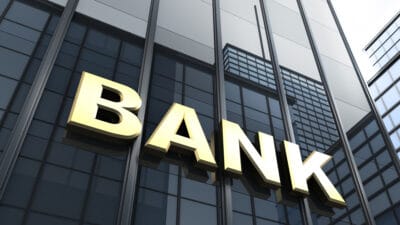Commonwealth Bank of Australia (ASX: CBA) shares are not only sought out for their potential capital growth, but the S&P/ASX 200 Index (ASX: XJO) bank stock is also popular for its twice-yearly fully franked dividends.
Over the past 12 months, CBA paid an interim dividend of $2.10 a share on 30 March. CBA shares delivered the final dividend of $2.40 on 28 September.
That equates to a full-year payout of $4.50 a share.
At yesterday's closing price of $107.41, up 6% this year, the ASX 200 bank share trades at a fully franked trailing yield of 4.2%.
So, how are some passive income investors earning a yield of 5%?
I'm glad you asked!
Getting the most from CBA shares
As a long-term investor, I certainly stand by the famous investor adage that it's "time in the market, not timing the market" which historically gives the best outcomes.
But that doesn't mean I don't keep an eye on the weekly share price moves for some potential bargain hunting.
After all, even the most famous of buy and hold investors, Warren Buffett, says, "Never overpay for anything."
One such bargain opportunity with CBA stock arose on 30 September last year.
Along with the other big four banks, and indeed most ASX 200 stocks, CBA shares came under heavy selling pressure in early August before recovering at the end of September.
Fortunate or well-advised investors who bought shares on the day could have picked them up for $90.70 apiece.
And they would have been eligible for both of the last two dividend payments.
At $90.70 a share, that equates to a fully franked yield of 5%.
Not only are these investors earning 0.8% more yield from their investment, but they've also watched CBA shares gain 18.4% over that time.
Now, this doesn't mean I'm going to try to pick the bottom before buying ASX 200 dividend stocks like CBA. But I certainly will keep my eyes open for any sizeable share price retraces that could present a sensible buying opportunity to boost that long-term passive income stream.









